Mission and Vision
CQN will lay the foundations for a socially responsible quantum internet which will spur new technology industries and a competitive marketplace of quantum service providers and application developers. Developing the first quantum network enabling fully error-corrected quantum connectivity at 10 M qubits/s over 100-km simultaneously between multiple user groups, enabled by quantum repeaters
The Center for Quantum Networks (CQN) is taking on one of the great engineering challenges of the 21st century: to lay the technical and social foundations of the quantum internet. The Quantum Internet will surpass the capabilities of today’s internet because of the unique advantages of entanglement—a coordination of the quantum states of particles serving as computational bits that is not present in the realms of classical physics. Quantum entanglement will improve the internet in at least two important ways. First, it will enable physics-based communication security that cannot be compromised by any amount of computational power. Second, the quantum internet will create a global network of quantum computers, processors, and sensors that are fundamentally more powerful than today’s technology. This will bring unprecedented advances in distributed computing and enable secure access to quantum computers for the public. The quantum internet would revolutionize national security, data privacy, drug discovery, novel material design, and push the frontiers of science with ultra-sensitive telescope conglomerates tied together with entanglement. And just as the architects of the ARPANET could not fathom the full range of applications of the modern internet, the impact of the CQN will be similarly profound and multifaceted. In addition to the technical innovation, CQN will work to ensure that society is well prepared for broad, affordable, and equitable access to the quantum internet and its economy. CQN will proactively study the social and policy implications of this budding technology and will bring a basic understanding of quantum technology to diverse communities. At the university level, CQN will contribute to development of a new discipline–Quantum Information Science and Engineering (QISE). And CQN will develop other curricular innovations that help train a diverse workforce of quantum engineers who can intuit radically new applications of quantum information science and develop those in socially responsible ways. Under the unique joint leadership of a quantum information scientist, a quantum engineer, and a technology policy expert, this highly interdisciplinary University of Arizona led engineering research center (ERC) draws from leading talent in the nation from core partner institutions Harvard, MIT, and Yale, along with member institutions UMass Amherst, University of Oregon, Northern Arizona University, Howard University, University of Chicago, and Brigham Young University. CQN also enjoys the support of a strong industry consortium and the leading international partners in advancing quantum internet technology. The CQN will be critical to realizing the strategic vision laid out in a 2020 White House memorandum on America’s Quantum Networks.
The technical goal of CQN is to develop one of the world’s first long-distance quantum communications networks enabled by fault-tolerant quantum repeaters. These quantum repeaters are special-purpose quantum processors that will enable high-speed communication of qubits (quantum bits that live in a superposition of 0 and 1) over a long distance. Equipped with quantum memories built with vacancy defect centers in diamond, and spin-photon interfaces to connect them to the modern telecommunications infrastructure, the quantum repeater and its key subcomponents will be tested, validated and improved in two testbeds (in Tucson and Boston). CQN aims to develop a quantum network enabling error-corrected quantum connectivity at mega qubits per second over metropolitan-scale distances, simultaneously for multiple user pairs, supported on a network backbone of quantum repeaters and switches. A team of computer scientists and network engineers will work with physicists and material scientists to design architectures and protocols for a quantum internet that seamlessly interoperates with the classical internet. Engineering R&D will coordinate with social science research on security and privacy laws, unintended biases in quantum-network-driven applications, and implications of open-source quantum cloud access. As a public-private partnership of academia, the industrial base, leading international partners, national labs and equity partners, the CQN will serve as a national hub for advancing the development of the quantum internet and road mapping its anticipated applications and societal impacts.
This work was supported primarily by the Engineering Research Centers Program of the National Science Foundation under NSF Cooperative Agreement No. 1941583. Any opinions, findings and conclusions or recommendations expressed in this material are those of the author(s) and do not necessarily reflect those of the National Science Foundation.

